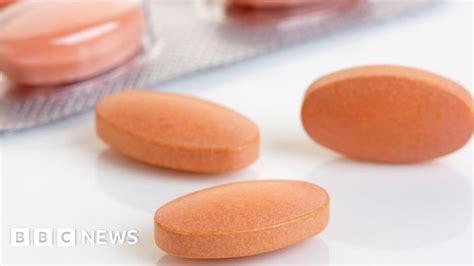
A recent study sought to compare the long term efficacy and safety of the two most widely used statins, rosuvastatin with atorvastatin, in treatment in adults with coronary artery disease.
STUDY
The study was a randomized, open label, multicentre trial performed in 12 hospitals in South Korea, September 2016 to November 2019. There were 4400 adults (age ≥19 years) with coronary artery disease entered into the trial. Participants were assigned to receive either rosuvastatin (n=2204) or atorvastatin (n=2196) using 2×2 factorial randomisation.
OUTCOMES MEASURED
The primary outcome was a three year composite of all cause death, myocardial infarction, stroke, or any coronary revascularisation. Secondary outcomes were safety endpoints: new onset diabetes mellitus; hospital admissions due to heart failure; deep vein thrombosis or pulmonary thromboembolism; endovascular revascularisation for peripheral artery disease; aortic intervention or surgery; end stage kidney disease; discontinuation of study drugs owing to intolerance; cataract surgery; and a composite of laboratory detected abnormalities.
STUDY OUTCOMES
A total of 4341 of the 4400 participants (98.7%) completed the trial.
Mean daily dose of study drugs was 17.1 mg in the rosuvastatin group and 36.0 mg in the atorvastatin group at three years.
The primary outcome occurred in 189 participants (8.7%) in the rosuvastatin group and 178 (8.2%) in the atorvastatin group.
The mean low density lipoprotein (LDL) cholesterol level during treatment was 1.8 mmol/L in the rosuvastatin group and 1.9 mmol/L in the atorvastatin group.
The rosuvastatin group had a higher incidence of new onset diabetes mellitus requiring initiation of antidiabetics and cataract surgery (2.5% v 1.5%). Other safety endpoints did not differ between the two groups.
STUDY CONCLUSIONS
In adults with coronary artery disease, rosuvastatin and atorvastatin showed comparable efficacy for the composite outcome of all cause death, myocardial infarction, stroke, or any coronary revascularisation at three years.
Rosuvastatin was associated with lower LDL cholesterol levels but a higher risk of new onset diabetes mellitus requiring antidiabetics and cataract surgery compared with atorvastatin.
The researchers acknowledge several study limitations including the fact that only Asian participants were included in this trial, and the three-year study period may have been relatively short to find longer term effects of two statin types.
The impact of taking coQ10 with the statins on the risk of diabetes type 2 was not reported. At the Kahn Center we always add CoQ10 to patients on statins, usually 400 mg a day.

